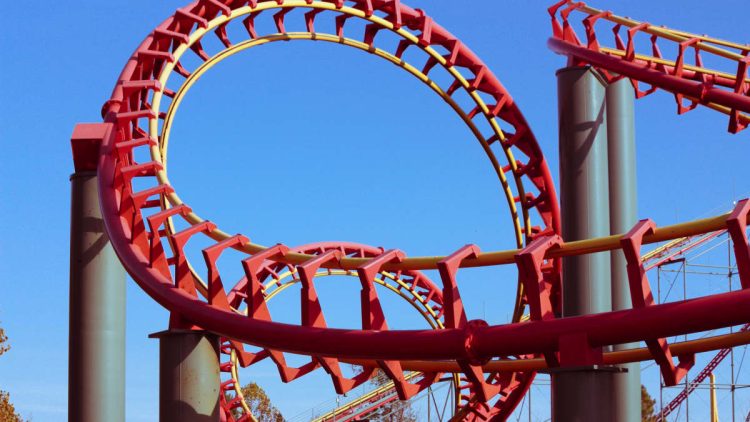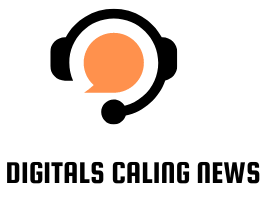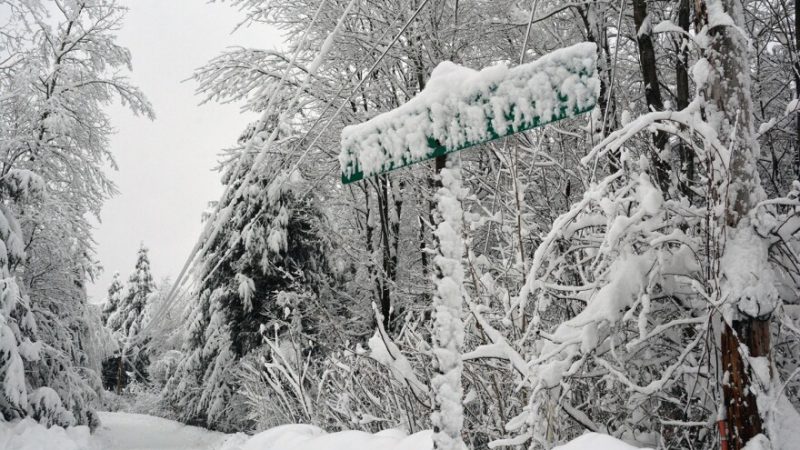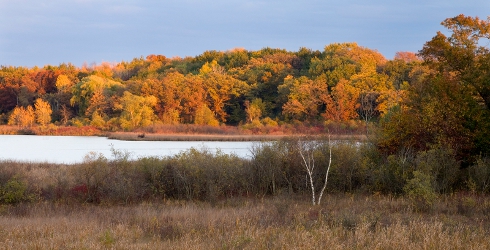The Unsettling Spectacle of a Roller Coaster Stuck Upside Down: Thrills Turned Chills

The world of amusement parks is synonymous with excitement, adrenaline, and the thrill of defying gravity. Roller coasters, the crown jewels of these parks, are designed to push the boundaries of fear and delight. However, the mere thought of a roller coaster getting stuck upside down can send shivers down the spine of even the bravest thrill-seeker. This unusual and disconcerting scenario raises questions about safety, engineering, and the psychological impact on riders.
The Anatomy of a Roller Coaster:
Before delving into the unnerving prospect of a roller coaster stuck upside down, it’s essential to understand the intricate design and engineering that goes into these gravity-defying machines. Roller coasters consist of a series of hills, loops, twists, and turns, carefully crafted to deliver an exhilarating experience. The force of gravity, combined with the coaster’s momentum, propels riders through a sequence of heart-pounding maneuvers.
While roller coasters are designed with precision and safety in mind, the unexpected can still happen. Mechanical failures, electrical glitches, or even human error can lead to rare but potentially dangerous situations, such as a coaster getting stuck at the apex of a loop, leaving riders suspended upside down.
The Psychological Impact:
The fear of being stuck upside down is primal and deeply rooted in the human psyche. When riders board a roller coaster, they willingly surrender themselves to the controlled chaos of loops and inversions. The moment the coaster comes to an unexpected halt upside down, however, the line between controlled chaos and genuine danger blurs, triggering intense feelings of anxiety and vulnerability.
For those trapped on the inverted coaster, the sense of helplessness can be overwhelming. The usual screams of delight are replaced by nervous whispers as riders grapple with the surreal realization that they are defying gravity in an unintended and precarious manner. The psychological impact extends beyond the immediate experience, with some riders reporting lingering anxiety or a newfound fear of amusement park rides.
Safety Measures and Protocols:
Amusement parks prioritize safety above all else, and roller coasters undergo rigorous inspections and maintenance routines to ensure they operate flawlessly. However, the unexpected can still occur. In the event of a roller coaster getting stuck upside down, parks have established safety measures and protocols to swiftly address the situation and ensure the well-being of riders.
Emergency brakes, safety harnesses, and evacuation procedures are in place to handle such rare occurrences. Park staff, extensively trained in emergency response, work diligently to assess the situation, communicate with stranded riders, and execute a safe and efficient evacuation. While the prospect of being stuck upside down is undoubtedly daunting, it’s essential to recognize that these incidents are extremely rare, thanks to the stringent safety measures implemented by amusement parks.
Case Studies: Roller Coaster Rescues:
While the idea of a roller coaster stuck upside down may sound like a scene from a nightmare, real-life incidents have occurred, showcasing the effectiveness of safety protocols and the dedication of park staff.
One notable case took place at a theme park where a roller coaster experienced a malfunction, leaving riders suspended at the top of a loop. The park’s emergency response team quickly mobilized, using a combination of safety harnesses, ladders, and teamwork to safely evacuate each rider. The incident, while undoubtedly harrowing for those involved, highlighted the importance of well-trained staff and effective emergency protocols.
Learning from such incidents, amusement parks continuously refine their safety procedures, conduct thorough investigations into any malfunctions, and implement additional safeguards to prevent similar occurrences in the future.
The Future of Roller Coaster Safety:
As technology advances, so too does the safety of amusement park rides. Roller coasters now feature state-of-the-art sensors, redundant safety systems, and real-time monitoring to detect and address potential issues before they escalate. Engineers and designers collaborate to create rides that not only deliver thrills but also prioritize the well-being of riders.
In addition to technological advancements, ongoing training for park staff and regular maintenance checks contribute to the overall safety of roller coasters. The goal is to minimize the risk of malfunctions and, in the rare event that they do occur, ensure a swift and efficient response to safeguard the welfare of riders.
Conclusion:
The image of a roller coaster stuck upside down may evoke a sense of fear, but it’s crucial to contextualize such incidents within the broader framework of amusement park safety. Roller coasters are marvels of engineering and entertainment, meticulously designed to provide exhilarating experiences while maintaining the highest standards of safety.
While the rare occurrence of a roller coaster getting stuck upside down can be disconcerting, the amusement park industry’s commitment to safety and continuous improvement ensures that these incidents remain isolated events. As technology advances and safety measures evolve, the thrills of roller coasters will continue to be enjoyed by millions, offering an unforgettable blend of excitement and reassurance.
-
How often do roller coasters get stuck upside down?
- Roller coasters getting stuck upside down is an extremely rare occurrence. The amusement park industry implements stringent safety measures and regular maintenance checks to minimize such incidents.
-
What causes a roller coaster to get stuck upside down?
- Mechanical failures, electrical glitches, or human error can contribute to a roller coaster getting stuck upside down. However, it’s important to note that these occurrences are rare and often the result of unforeseen issues.
-
How are riders evacuated from a stuck roller coaster?
- Amusement parks have well-established emergency protocols for evacuating riders from stuck roller coasters. Trained staff use safety harnesses, ladders, and other equipment to safely remove riders and bring them back to the ground.
-
Are roller coasters safe?
- Yes, roller coasters are designed with safety as the top priority. They undergo rigorous inspections, regular maintenance, and follow strict safety standards. While incidents like getting stuck upside down are rare, amusement parks have measures in place to handle emergencies.
-
What should riders do if a roller coaster gets stuck upside down?
- In the unlikely event of a roller coaster getting stuck upside down, riders should remain calm and follow the instructions given by park staff. Parks have well-trained personnel who will efficiently handle the situation and ensure the safety of all riders.
-
Can roller coaster malfunctions be prevented?
- While no system is entirely foolproof, advancements in technology, regular maintenance, and stringent safety protocols help prevent roller coaster malfunctions. The amusement park industry is committed to continuous improvement in ride safety.
-
Is it safe to go on roller coasters after an incident of one getting stuck upside down?
- Yes, it is safe to go on roller coasters. Incidents of roller coasters getting stuck upside down are rare, and amusement parks take immediate action to investigate and rectify the causes. Park authorities prioritize rider safety and implement additional measures to prevent similar incidents.
-
How do amusement parks communicate with stranded riders?
- Amusement parks have communication systems in place to interact with stranded riders. Whether through intercoms, hand signals, or written instructions, park staff keep riders informed and provide reassurance during the evacuation process.
-
What improvements are being made in roller coaster safety?
- Roller coaster safety is continually improving with advancements in technology. Ride designers incorporate state-of-the-art sensors, redundant safety systems, and real-time monitoring to detect and address potential issues before they escalate.
-
Can I trust the safety measures of amusement parks?
- Yes, amusement parks prioritize safety and invest heavily in staff training, ride maintenance, and safety protocols. Regulatory bodies also oversee and enforce standards to ensure that amusement park rides, including roller coasters, meet the highest safety requirements.






